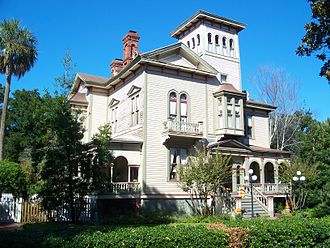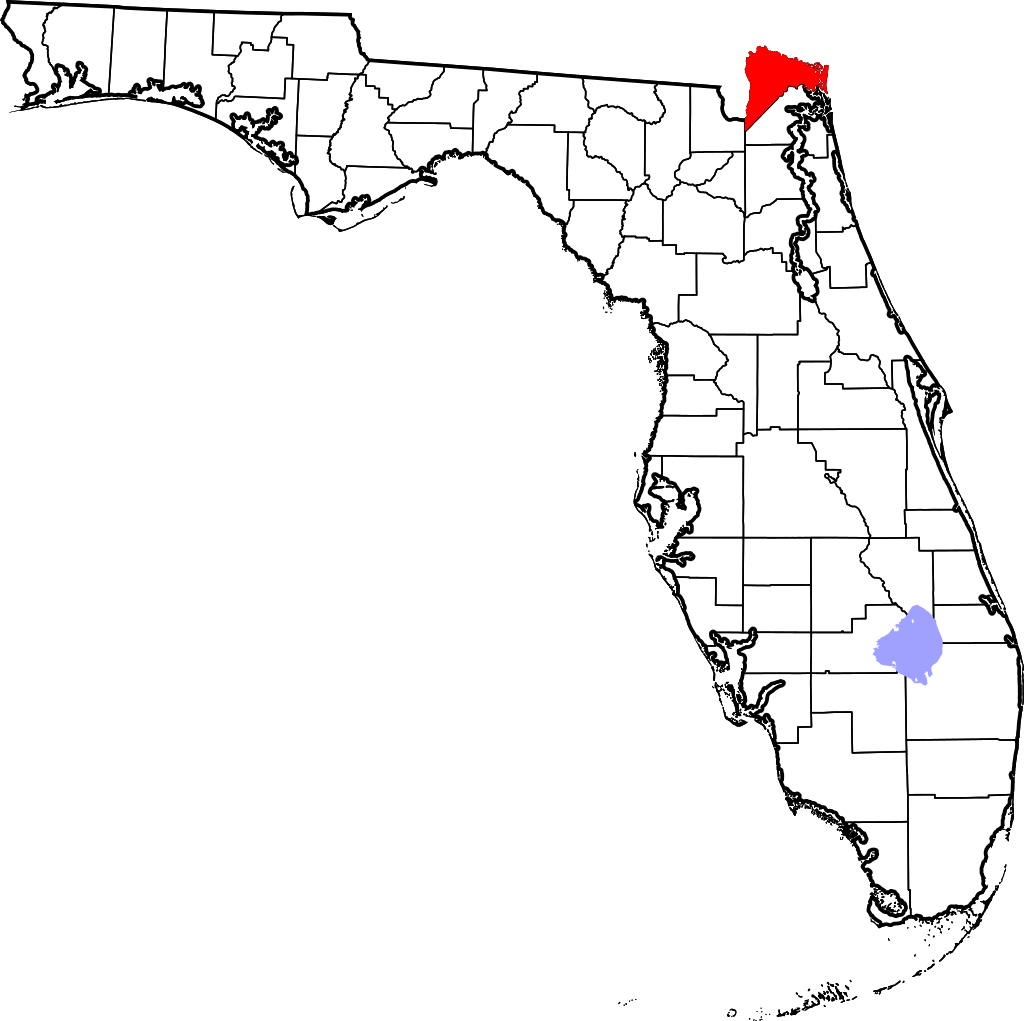


Nassau County, a part of The FLGenWeb Project
 |

|
 |
| The FLGenWeb Project | Faribanks House, Fernandina, FL | The USGenWeb Project |
Home | Archives | Biographies | Cemeteries | History | Libraries | Maps | Schools | Vital Records
HISTORY
Return to Home
from Chapin, George M., Florida, 1513-1913, past and future; four hundred years of wars and peace and industrial development; (c) 1914, Vol. 1, pgs. 600-601 |
NASSAU COUNTY This county occupies the northeastern corner of Florida, and the St. Mary’s river separates it from the State of Georgia. It has an area of 630 square miles and its population by the 1910 census was 10,525. The general topography of the county is level and the soils vary from low rich swamp lands to high pine lands. The agricultural resources of the county have not been developed to more than a frac- tion of their possibilities. The wide extent of pine lands adapted to turpentining and timber have delayed the agricultural development of this area. It has been demonstrated that all the crops of grain, fruits and vegetables that can be raised in the northern half of Flor- ida, can be cultivated here with profit. The large area of streams and water covered lands in the western part of the county and the influ- ence of the ocean, afford a protection from the cold of winter quite as effective as in the interior counties two hundred miles further south. The waters of Nassau county abound in fresh and salt water fish in many varieties and the natural oyster beds are the equal of any that border the State of Florida. Fernandina is the county seat, the most important town within the county, and is located on one of the best deep water harbors on the Atlantic coast. For a hundred years this has been a shipping point of varying importance, and it has an important part in the later Spanish history of Florida. |
 |
| MORE HISTORY TO COME |